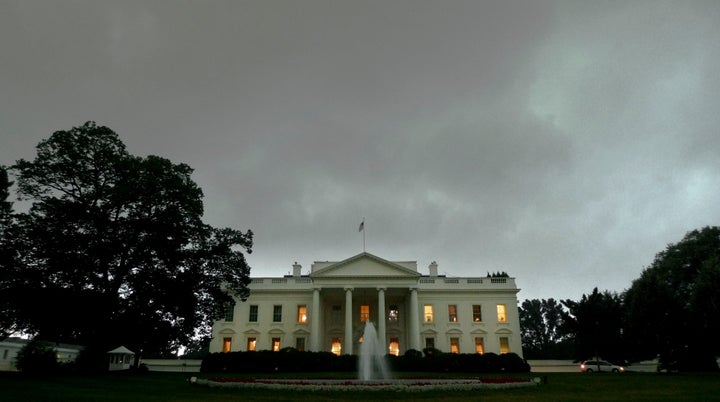
WASHINGTON -- The percentage of negative ads run during the 2012 election is up dramatically over the previous cycle, with candidates and interest groups choosing to go after opponents far earlier than in 2008.
A new analysis put together by the Wesleyan Media Project shows that 70 percent of ads aired so far in the 2012 presidential race have been negative, meaning they mentioned an opponent by name. In 2008, the percentage of negative ads at this juncture in that campaign was 9.1 percent, the study found.
The acidic change in tone is owed to the rise of interest groups and super PACs in the electoral process, the study concludes. Whereas in 2008, candidate-sponsored ads made up 96.6 percent of total "airings," as of April 22, 2012, that percentage had dropped to 35.8 percent. Campaigns, in short, are outsourcing their airwave operations to allied groups, who in turn are going negative.
Outside groups have so far sponsored nearly 60 percent of total ads aired, at an estimated cost of $77.5 million. Of those, 86 percent have been negative and 14 percent have been positive.
“Such levels of outside group involvement in a presidential primary campaign are unprecedented,” said Travis Ridout, co-director of the Wesleyan Media Project. “This is truly historic. To see 60 percent of all ads in the race to-date sponsored by non-candidates is eye-popping,” he added.
The study is inherently subjective. An ad, after all, could briefly mention an opponent's name before spending the majority of the time conveying its sponsor's positive message. Under the Wesleyan Media Project's categorization rules, it would still qualify as negative.
And yet, the findings have been echoed in other reports. As The Huffington Post's Paul Blumenthal recently noted, spending by independent groups in the primaries went from $21.11 million in 2008 to $83.87 million in 2012. And that's with only the Republican Party having a contested primary. Most of the ads aired by those groups have been negative.
"While spending in support of one candidate nearly doubled from $19.14 million in 2008 to $36.59 million in 2012, spending against other candidates by independent groups exploded by 680 percent, from only $6.97 million in 2008 to $47.28 million in 2012," Blumenthal wrote.
Republicans aren't the only ones feeding the trend. In 2008, aides to President Barack Obama insisted that donors funnel money through his campaign, so that they could maintain tight message discipline and stick to a largely positive tone. That type of set-up is much less workable in the wake of the Supreme Court's Citizens United decision, which allows for unlimited donations by corporations, unions and individuals. Indeed, in 2012, the president's aides have decided to help an allied super PAC rather than shun it.
So far, however, the majority of the general election ads aired have opposed the Obama campaign. The Wesleyan study finds that Republican leaning groups have so far spent $27.6 million on the presidential race, compared to the $13.2 million spent by Democratic-leaning groups. And that's with Mitt Romney's campaign having yet to spend a dime on a general election ad and the Republican National Committee having spent just $20,000.
